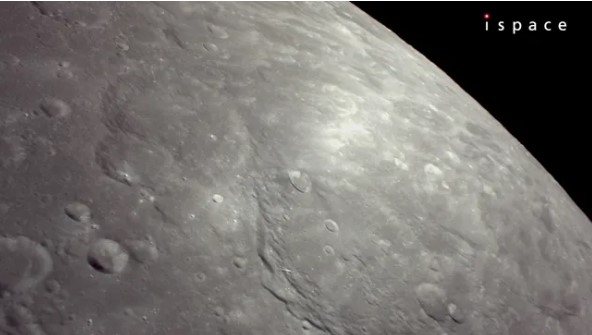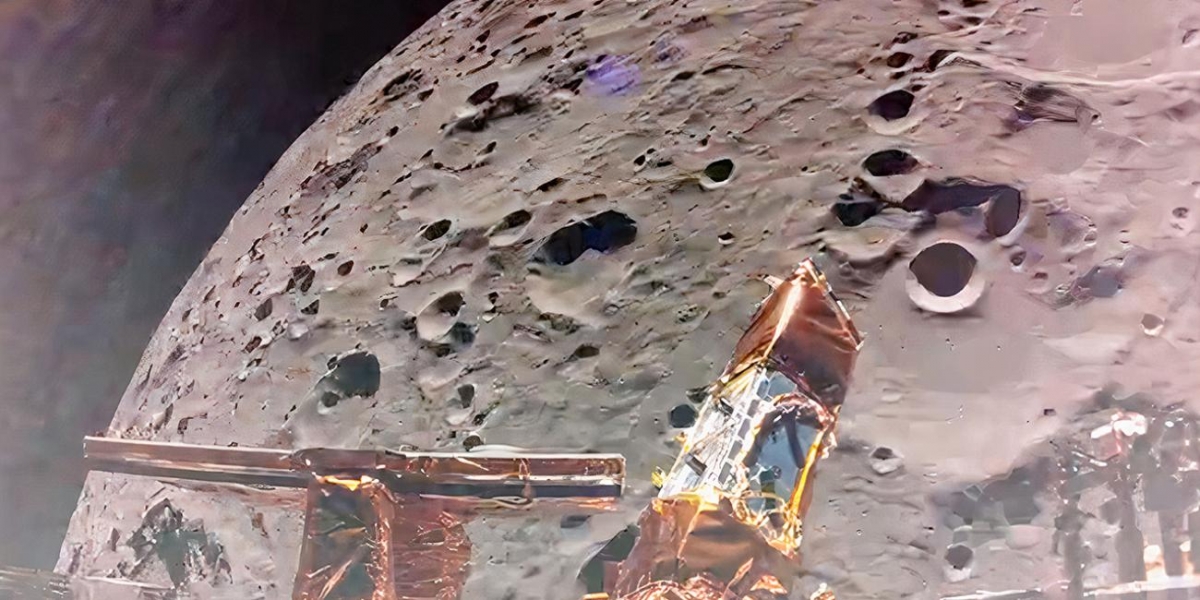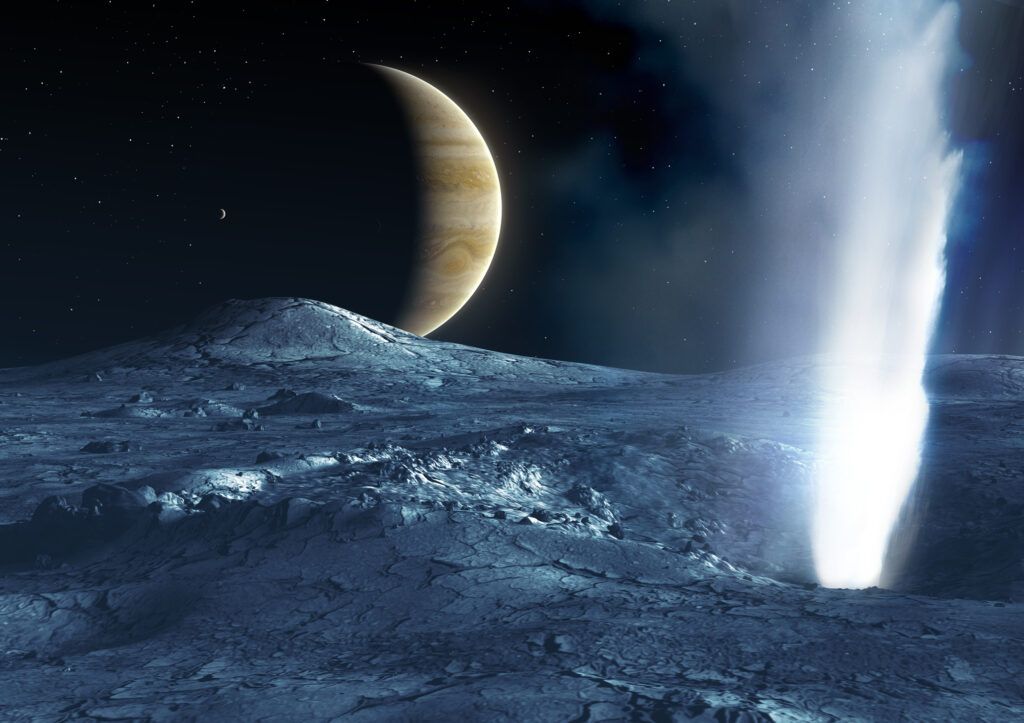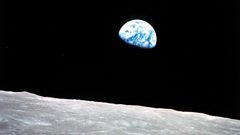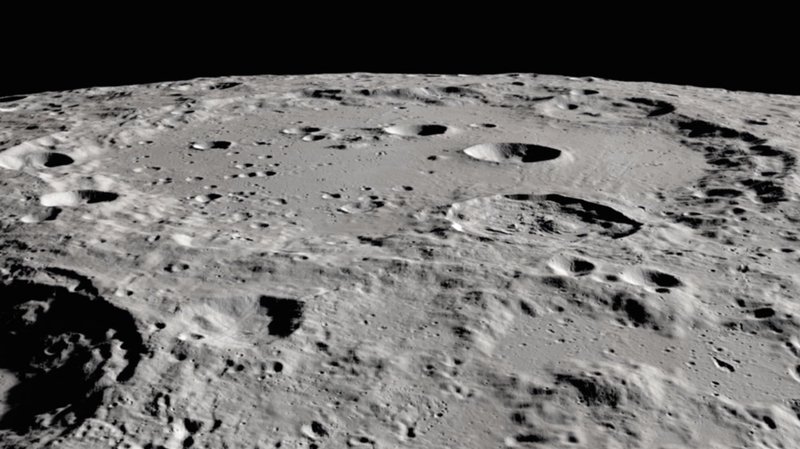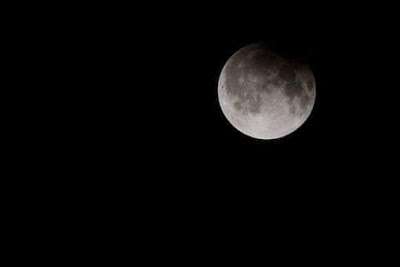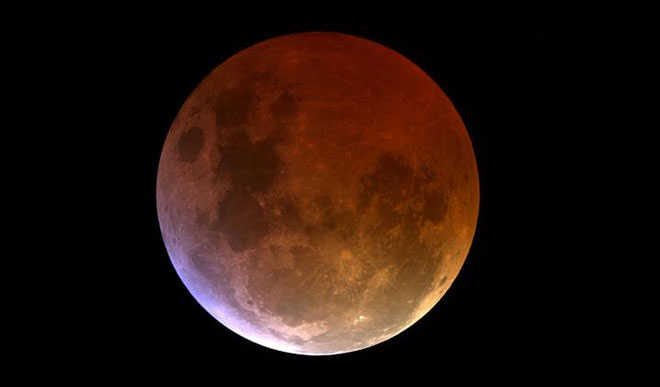Reviving the Moon: Shocking New Geological Discoveries
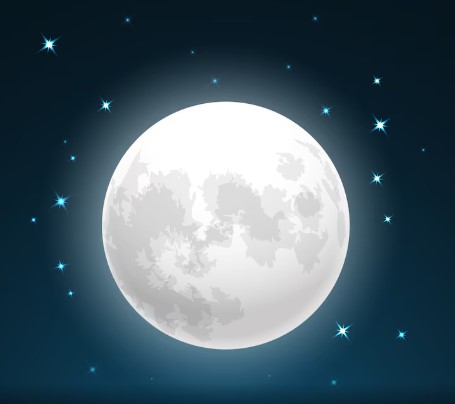
Why the Moon is More Alive Than We Ever Imagined
For decades, researchers have examined the moon's surface in an effort to piece together its intricate evolutionary and geological past. The lunar maria, which are flat, black regions of the moon that are filled with lava that has solidified, provided evidence that the moon was compressed significantly in the distant past. The moon's maria has been dormant ever since, according to researchers who hypothesized that the enormous, arching ridges on the moon's near side were created by contractions that took place billions of years ago.
But according to a recent study, the lunar surface may be more active than previously thought.
Small ridges on the moon's far side were found to be significantly younger than previously known ridges on the near side by two scientists from the Smithsonian Institution and a geologist from the University of Maryland.
On January 21, 2025, their research was published in The Planetary Science Journal.
Jaclyn Clark, an assistant research scientist in the Department of Geology at UMD, stated, "A lot of scientists think that the majority of the moon's geological movements occurred two and a half, maybe three billion years ago."
However, we can observe that these tectonic landforms may still be active now, having been active in the last billion years. Considering the moon's timeline, these tiny mare ridges appear to have originated during the last 200 million years or so.
The scientists discovered 266 little ridges on the moon's far side that had never been discovered before using sophisticated mapping and modeling techniques.
But according to a recent study, the lunar surface may be more active than previously thought.
Small ridges on the moon's far side were found to be significantly younger than previously known ridges on the near side by two scientists from the Smithsonian Institution and a geologist from the University of Maryland.
On January 21, 2025, their research was published in The Planetary Science Journal.
Jaclyn Clark, an assistant research scientist in the Department of Geology at UMD, stated, "A lot of scientists think that the majority of the moon's geological movements occurred two and a half, maybe three billion years ago."
However, we can observe that these tectonic landforms may still be active now, having been active in the last billion years. Considering the moon's timeline, these tiny mare ridges appear to have originated during the last 200 million years or so.
The scientists discovered 266 little ridges on the moon's far side that had never been discovered before using sophisticated mapping and modeling techniques.
Did you know? You can comment on this post! Just scroll down
The ridges typically appeared in groups of 10 to 40 in volcanic regions that likely formed 3.2 to 3.6 billion years ago in narrow areas where there may be underlying weaknesses in the moon's surface, according to the researchers.
To estimate the age of these small ridges, the researchers used a technique called crater counting.
They found that the ridges were notably younger than other features in their surroundings.
"Essentially, the more craters a surface has, the older it is; the surface has more time to accumulate more craters," Clark explained.
"After counting the craters around these small ridges and seeing that some of the ridges cut through existing impact craters, we believe these landforms were tectonically active in the last 160 million years."
Interestingly, Clark noted that the far-side ridges were similar in structure to ones found on the moon's near side, which suggests that both were created by the same forces, likely a combination of the moon's gradual shrinking and shifts in the lunar orbit.
The Apollo missions detected shallow moonquakes decades ago; the new findings suggest that these small ridges might be related to similar seismic activity.
Learning more about the evolution of the lunar surface could have important implications for the logistics of future moon missions.
"We hope that future missions to the moon will include tools like ground penetrating radar so researchers can better understand the structures beneath the lunar surface," Clark said. "Knowing that the moon is still geologically dynamic has very real implications for where we're planning to put our astronauts, equipment and infrastructure on the moon."
Article Posted 4 Months ago. You can post your own articles and it will be published for free.
No Registration is required! But we review before publishing! Click here to get started
One Favour Please! Subscribe To Our YouTube Channel!
468k
Cook Amazing Nigerian Dishes, Follow Adorable Kitchen YouTube Channel!
1.1m
Like us on Facebook, Follow on Twitter
React and Comment
Click Here To Hide More Posts Like This
Watch and Download Free Mobile Movies, Read entertainment news and reports, Download music and Upload your own For FREE.
Submit Your Content to be published for you FREE! We thrive on user-submitted content!
But we moderate!




